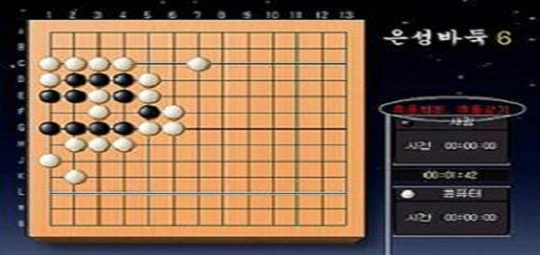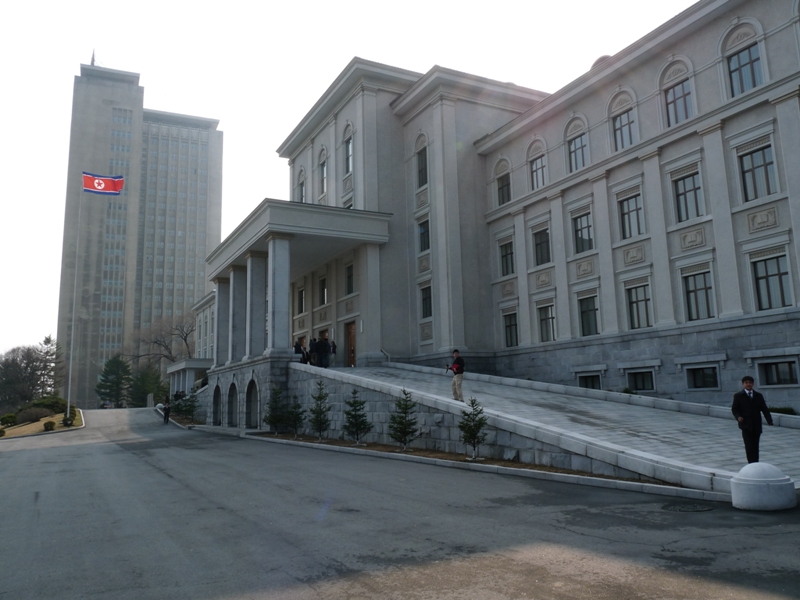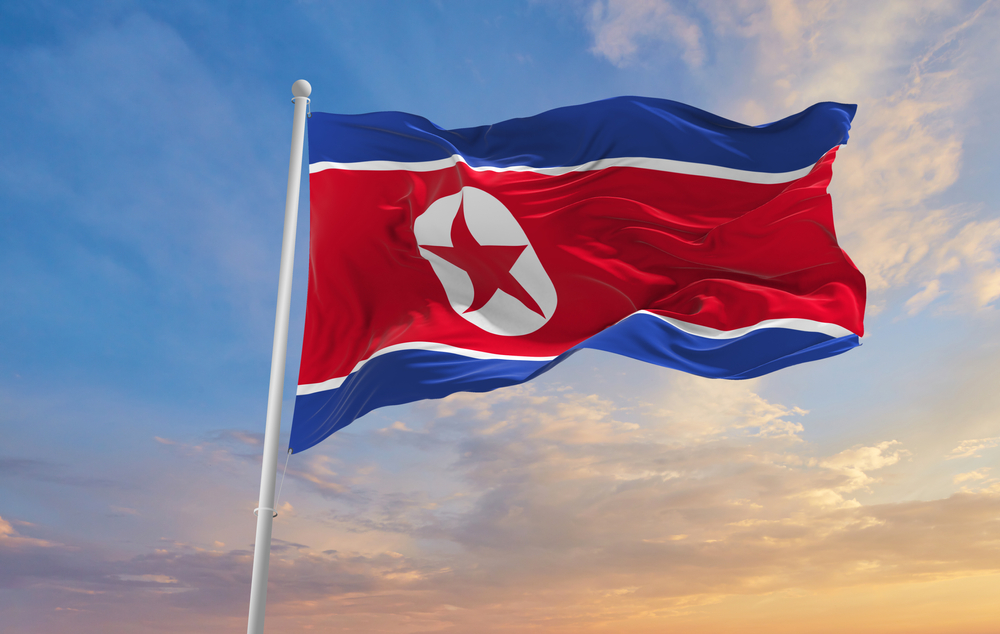In an analysis released by Hyuk Kim from the James Martin Center for Nonproliferation Studies, North Korea is stepping up its foray into AI and ML.
The report examined both the nation’s civilian and military applications, providing a rare glimpse into the secretive state’s technological strategies.
In the 1990s, North Korea was considered an AI frontrunner, with its Eunbyul system developed by the Korea Computer Center in 1997, winning international “Go” competitions until 2010. Securing a win in Go as early as 1998, it topped the World Computer Go Championship from 2003 to 2006.
Eunbyul actually used many of the same Monte Carlo techniques as Google’s considerably more famous AlphaGo system, that made tech headlines when it slammed champion Lee Sedol in 2016. In 2010, Eunbyul featured 16 CPUs, whereas AlphaGo featured 1,920 in 2016.
This was at a time when relations between North and South Korea, Japan, and other traditionally Go-playing nations were at a high point.

As North Korea slid further into obscurity, and tensions with the West rose as the communist nation battled its own demons of poverty and destitution, its AI industry inevitably dwindled.
A study by the Korea Development Bank Future Strategy Institute in 2017 stated, “To secure the latest AI technologies, the North is required to make a massive investment in hardware and software,” and “Cash-strapped North Korea is expected to hit a wall in developing the technologies.”
However, this new analysis by Hyuk Kim found that North Korea has found ways to keep up with AI/ML advancement in recent years.
Kim notes while “attempts to procure hardware for AI development may be stymied, open-source information, including scientific journal articles and state media, suggests North Korea is actively developing and promoting AI/ML technology across various sectors.”
The report delves into how North Korea’s government, academia, and industry collaborate to develop AI technologies.
In a constitutional amendment in 2019, North Korea added “informatization” to its core economic strategies, illustrating the nation’s commitment to integrating AI into its economic blueprint.
The establishment of the Artificial Intelligence Research Institute in 2013, which later merged into the Ministry of Information Industry, also marked a decisive move to intensify AI R&D.
Academic and commercial fronts in AI advancement
North Korea’s educational institutions, like Kim Il Sung University, lead the nation’s AI research.
The university’s High-Technology Development Center, established in 2014, and subsequent AI-focused programs across other universities nationwide illustrate a rejuvenated focus on AI technology.

Commercially, North Korean enterprises such as The Mangyongdae Information Technology Corporation have launched AI-integrated mobile phones, and the Yalu River Technology Development Company has deployed AI in security systems.
Kim’s report describes, “In 2020, the Mangyongdae Information Technology Corporation (만경대 정보대기술사) launched two mobile phones, the Azalea 6 and 7 (Jindallae 6, 7, 진달래 6, 7). The company claims to have successfully incorporated technologies for fingerprint, voice, facial and text recognition, based on deep neural networks (DNN), into this device.”
North Korea is now actively promoting domestic technical cooperation and, as noted, aims to “actively promote collaborative research and development with renowned IT companies from over 20 countries.”
Among the nation’s key but still tenuous allies are Russia and China, but they share relations with Pakistan, Bulgaria, Benin, Malaysia, and Madagascar.
They’ve also allegedly sold arms to Middle Eastern countries. These relations offer some scope for North Korean AI development, though the nation’s procurement of high-end AI hardware from leaders like Nvidia is highly restricted.
Dual applications: civilian and military
Another aspect of Kim’s study is the AI’s dual-use potential in North Korea, something also frequently debated in the West.
The concept here is that the same powerful AI models used for broadly “good” ends are also capable of negative impacts.
AI’s dual-use nature makes regulation and prohibition inherently complex.
On the societal front in North Korea, AI is being utilized to enhance nuclear safety, says the report. A noteworthy example is the work of North Korean nuclear scientists Ho Il Mun and So Chol, who published a study on optimizing nuclear reactor safety using genetic algorithms, a machine-learning technique.
Interestingly, this technique involves mimicking gene functions such as mutation and crossover. It’s published in a leading journal, Annals of Nuclear Energy.
Concurrently, the potential military applications of AI technologies are explored in Kim’s report.
While specifics on military uses are not extensively detailed, there are rising concerns that AI will augment threat actors from North Korea, China, and Russia.
North Korean hackers have already launched a large repertoire of successful cyber attacks – which AI could augment.
In February 2021, a joint Cybersecurity Advisory issued by various US agencies and South Korean intelligence discussed the rise of ransomware attacks, particularly targeting the healthcare and public health sectors.
The threat escalated with the Maui ransomware attacks in July 2022. According to a joint advisory by the FBI, CISA, and the Department of the Treasury, since at least May 2021, North Korean state-sponsored actors have been using this specific ransomware to again target the healthcare sector.
April 2022 saw another development in North Korea’s cyber operations. A joint advisory highlighted the targeting of blockchain companies by a North Korean state-sponsored advanced threat group known as the Lazarus Group, APT38, BlueNoroff, and Stardust Chollima.
These series of attacks culminated in a federal lawsuit in the US, which charged three North Korean computer programmers with a large-scale criminal conspiracy. This indictment expanded upon a 2018 case detailing attacks on Sony Pictures and WannaCry ransomware.
The case alleged that these programmers were part of a concerted effort to steal over $1.3 billion through cyber attacks on banks and businesses, create and deploy malicious cryptocurrency applications, and develop a fraudulent blockchain platform.
In the last couple of years, North Korea has featured prolifically in cyber risk analyses. Google Cloud’s recent cybersecurity forecast highlighted the increasing threat AI poses in cybercrime, with a special emphasis on North Korea’s cyber capabilities.
The report pointed out the enhanced sophistication of phishing emails and SMS messages due to large language models (LLMs), indicating that actors like North Korea could utilize generative AI to conduct more effective cyberattacks.
In a parallel report, Microsoft’s Threat Analysis Center (MTAC) also illuminated AI and technology threats from East Asia, including China and North Korea.
Microsoft’s report states, “In addition to what we’ve observed from China, North Korea is a capable cyber threat, focusing on intelligence gathering and the theft of cryptocurrency needed to generate revenue for the state.”
North Korea can freely access open-source models like LLaMA 2, which is nearly on par with the world-leading LLM, GPT-4.
Despite international sanctions, it seems evident that North Korea is making strides in AI, a technology with dual potential for both social and military use – the same as in the West.





